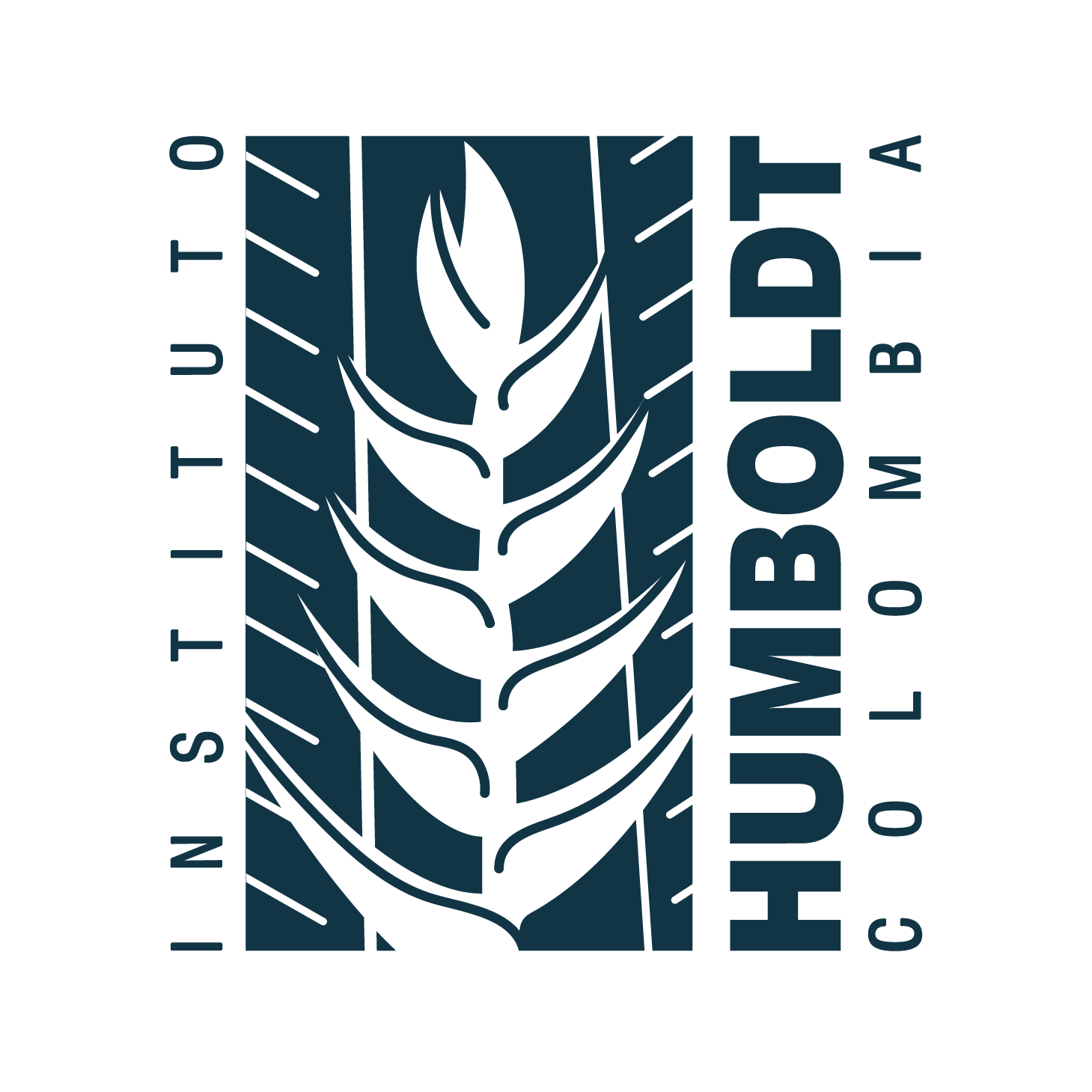Publicación: Diversity, bioforms and abundance of aquatic plants in a wetland of the Orinoco floodplains, Venezuela
| dc.creator | Rial B., Anabel | |
| dc.date | 2014-07-01 | |
| dc.date.accessioned | 2024-05-27T17:10:23Z | |
| dc.date.available | 2024-05-27T17:10:23Z | |
| dc.description | Richness (alpha and beta diversity), abundance and dominance of bioforms of aquatic vegetation in a wetland of the Orinoco floodplains in Venezuela, studied over an annual cycle are described. In a lowland extension of 65,000 hectares including a whole range of aquatic habitats (shallows, marshes, ponds and streams), 197 species belonging to 122 genera and 56 families were recorded. Beta diversity was higher in lentic than in lotic wetlands, the emergent rooted bioform being the most abundant in all habitats and throughout the year. Considering the most persistent species (spatially and temporally), Eichhornia crassipes (Mart) Solms., Hymenachne amplexicaulis (Rudge) Nees and Luziola subintegra Swallen obtained the highest relative importance values. The most abundant species in all environments and throughout the year was Salvinia auriculata Aubl. Brief comments on the limited use of these aquatic plants are given. | en-US |
| dc.description | Se describen la riqueza (alfa y beta diversidad), abundancia y dominancia de bioformas de plantas acuáticas en un humedal de los Llanos del Orinoco, Venezuela, estudiada durante un ciclo anual. En una extensión de 65.000 ha que incluye toda la variedad de hábitats acuáticos del bajo llano venezolano (bajíos, esteros, lagunas y caños), se registraron 197 especies pertenecientes a 122 géneros y 56 familias. La diversidad beta fue mayor en los ambientes lénticos que en los lóticos, siendo la bioforma arraigada emergente la más abundante en todos los ambientes y durante todo el año. Considerando las especies mas persitentes espacial y temporalmente del inventario, Eichhornia crassipes (Mart) Solms., Hymenachne amplexicaulis (Rudge) Nees and Luziola subintegra Swallen, obtuvieron los mayores valores de importancia relativa. La especie más abundante en todos los ambientes y durante todo el año fue Salvinia auriculata Aubl. Se comenta brevemente sobre el escaso aprovechamiento de estas plantas acuáticas. | es-ES |
| dc.format | application/pdf | |
| dc.identifier | https://revistas.humboldt.org.co/index.php/biota/article/view/305 | |
| dc.identifier.uri | https://hdl.handle.net/20.500.11761/36597 | |
| dc.language | eng | |
| dc.publisher | Instituto de Investigación de Recursos Biológicos Alexander Von Humboldt | es-ES |
| dc.relation | https://revistas.humboldt.org.co/index.php/biota/article/view/305/303 | |
| dc.rights | Derechos de autor 2014 Instituto de Investigación de Recursos Biológicos Alexander Von Humboldt | es-ES |
| dc.source | Biota Colombiana; Vol. 15 No. 1 (2014) | en-US |
| dc.source | Biota Colombiana; Vol. 15 Núm. 1 (2014) | es-ES |
| dc.source | 2539-200X | |
| dc.source | 0124-5376 | |
| dc.subject | Llanos | en-US |
| dc.subject | Macrophytes | en-US |
| dc.subject | Species richness | en-US |
| dc.subject | Importance value | en-US |
| dc.subject | Aquatic vegetation | en-US |
| dc.title | Diversity, bioforms and abundance of aquatic plants in a wetland of the Orinoco floodplains, Venezuela | en-US |
| dc.type | info:eu-repo/semantics/article | |
| dc.type | info:eu-repo/semantics/publishedVersion | |
| dc.type | Artículo evaluado por pares | es-ES |
| dspace.entity.type | Publication |

